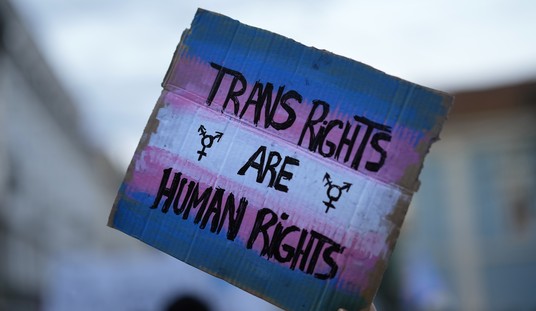What was the difference then?
The biggest difference is that Secretary of the Treasury Andrew Mellon took the trouble to articulate the case for lower tax rates, in articles that appeared in popular publications, using plain language that ordinary people could understand. Seldom do Republican leaders today even attempt to do any such thing.
In 1924, the ideas from these articles were collected in a book which Mellon titled "Taxation: The People's Business." That book has recently been reprinted by the University of Minnesota Law Library. Today's Republicans would do well to get a copy of Mellon's book, which shows how demagoguery about "tax cuts for the rich" can be exposed for the nonsense that it is.
People in the media could also benefit by seeing how the "tax cuts for the rich" demagoguery collapses like a house of cards when you subject it to logic and evidence.
Those who argue that "the rich" should pay a higher tax rate, and that the revenue this would bring in could be used to reduce the deficit, assume that higher tax rates equal higher tax revenues. But they do not.
Secretary Mellon pointed out that previously the government "received substantially the same revenue from high incomes with a 13 percent surtax as it received with a 65 percent surtax." Higher tax rates do not mean higher tax revenues.
High tax rates on high incomes, Mellon said, lead many of those who earn such incomes to withdraw their money "from productive business and invest it in tax-exempt securities" or otherwise find ways to avoid receiving income in taxable forms.
Recommended
That is even easier to do today than in Andrew Mellon's time. The very same liberals who complain that Mitt Romney -- among thousands of others -- puts his money in the Cayman Islands nevertheless act as if raising the tax rates automatically raises tax revenues. It can instead drive money out of the country and drive jobs out of the country with it.
The United States has long been a place where foreigners from around the world have sent their money to be invested, more than offsetting the money that Americans invested abroad. But, in recent years, the net flow of investment is out of America to places overseas that don't tax as much.
Mellon cited statistics that showed the opposite of what the high-tax advocates claimed. Although incomes in general were rising from 1916 to 1921, the taxable income of people earning $300,000 and up dropped by about four-fifths.
That didn't mean that "the rich" were becoming poor. It meant that they had arranged to receive their incomes in forms that were not taxable. Mellon asked where the money of these high income earners went. He answered: "There is no doubt of the fact that much of it went into tax-exempt securities." In today's global economy, much of it can also easily be sent overseas -- much more easily than workers can go overseas to get the jobs this money creates in other countries.
After Mellon finally succeeded in getting Congress to lower the top tax rate from 73 percent to 24 percent, the government actually received more tax revenues at the lower rate than it had at the higher rate. Moreover, it received a higher proportion of all income taxes from the top income earners than before.
Something similar happened in later years, after tax rates were cut under Presidents Kennedy, Reagan and G.W. Bush. The record is clear. Barack Obama admitted during the 2008 election campaign that he understood that raising tax rates does not necessarily mean raising tax revenues.
Why then is he pushing so hard for higher tax rates on "the rich" this election year? Because class warfare politics can increase votes for his reelection, even if it raises no more tax revenues for the government.

























Join the conversation as a VIP Member